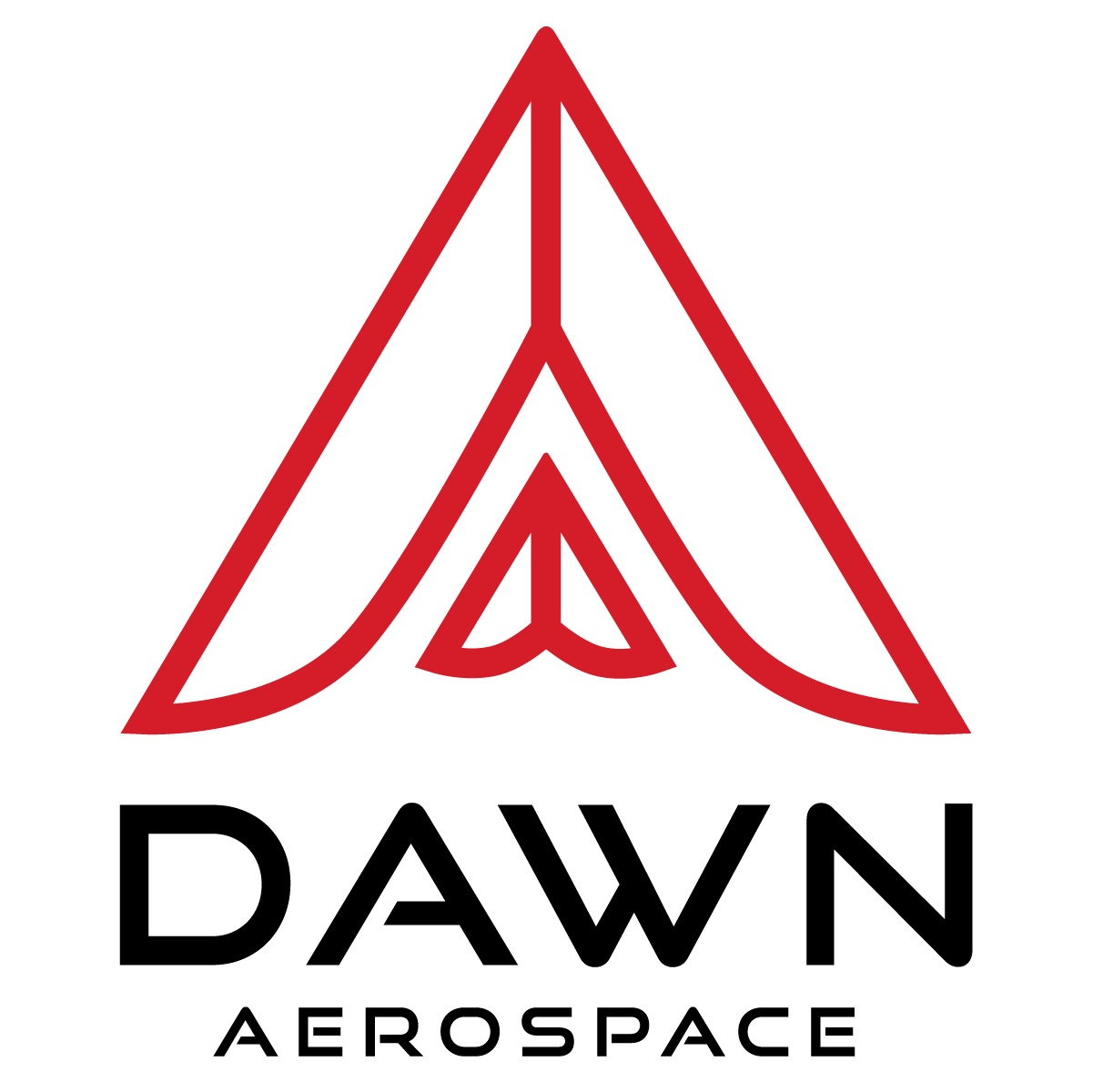Dawn Aerospace Awarded in MBIE $900,000 Programme for Space Applications with German Aerospace Centre (DLR)
Dawn Aerospace will conduct a feasibility study with DLR (German Aerospace Center) to increase the performance of a nitrous-oxide-based green propellant for satellites and deep-space missions.
The development of these alternative green fuels is much needed for in-space propulsion. The 28-nation European Union’s REACH regulations have targeted hydrazine, one of the more common satellite propellants, as a substance that ultimately should be banned due to being environmentally hazardous, carcinogenic and deadly to humans at “parts per million” concentrations.
According to Airbus, the likely ban of hydrazine represents an annual $2B problem for the European space industry[1].
Dawn’s thrusters and fuels offer a viable and unique alternative to hydrazine – and the company recently launched the first six of these thrusters on January’s SpaceX Transporter-1 Mission.
“The fuels we use are highly unique in that, unlike hydrazine, they are safe – they’re common usage in many industries, for example, nitrous oxide is given to patients in hospitals, and propene is used to heat stoves and barbeques,” said Stefan Powell, Dawn CTO & Co-founder. “They also have a higher ISP and are self-pressurised. What we’re focused on is an affordable and effective solution.”
The study is expected to take five months and is supported by New Zealand’s Ministry of Business Innovation and Employment and DLR’s Institute of Space Propulsion (Lampoldshausen) & Institute of Aerodynamics and Flow Technology (Goettingen).
Supported by the Catalyst: Strategic Fund from Government Funding, administered by the Ministry of Business Innovation and Employment, Dawn is one of twelve organisations selected for this award, with each project receiving NZ$75,000.
DLR has an annual budget of €3.816 billion and is engaged in a wide range of R&D, as well as acting as the German Space Agency.
Customers have launched eight of Dawn’s in-space propulsion units to low-Earth orbit this year – a CubeSat unit launched on SpaceX’s Transporter-1 mission in January, along with six of the company’s B20 thrusters, and another CubeSat propulsion unit launched on March 22 on a Rosocomos Soyuz-2 rocket.
[1] https://spacenews.com/hydrazine-ban-could-cost-europes-space-industry-billions/
What is a satellite thruster?
Thrusters, or in-space propulsion, are rocket motors that are part of the satellite itself. They allow the satellite to manoeuvre in space after their initial boost onto orbit. They serve several functions; they can perform corrective manoeuvres if a satellite hadn’t been delivered in the correct orbit, they can orientate a satellite, can be used for collision avoidance and can either help with managed de-orbit in the case of SmallSats, or they can carry a satellite further afield, for example on a mission to Mars

